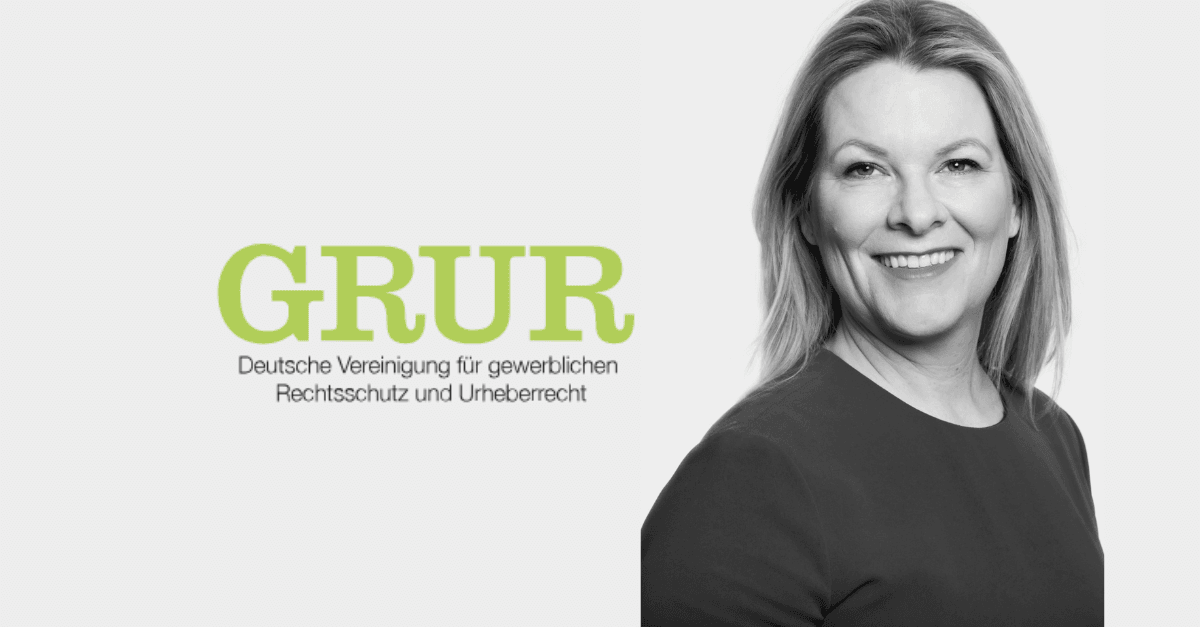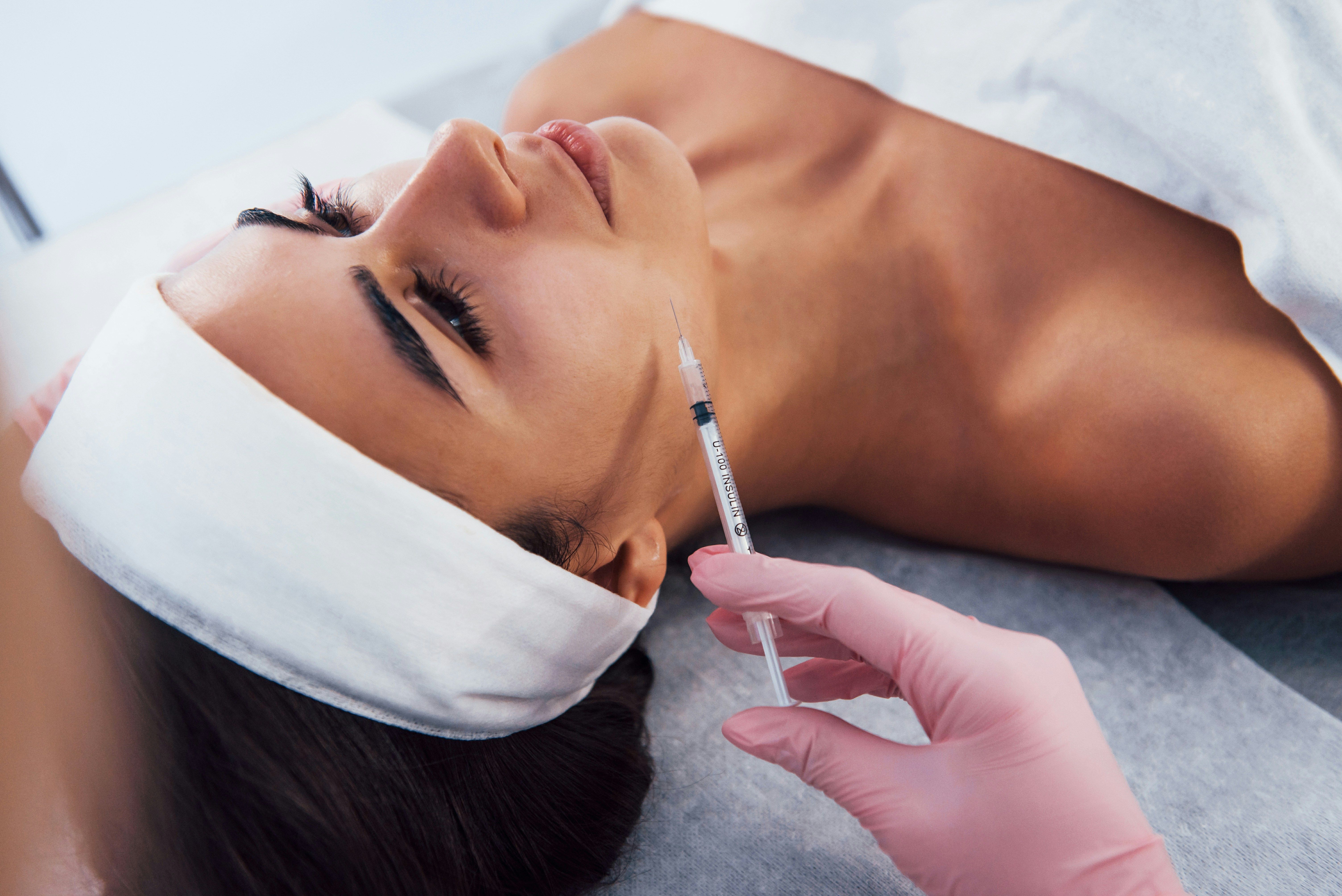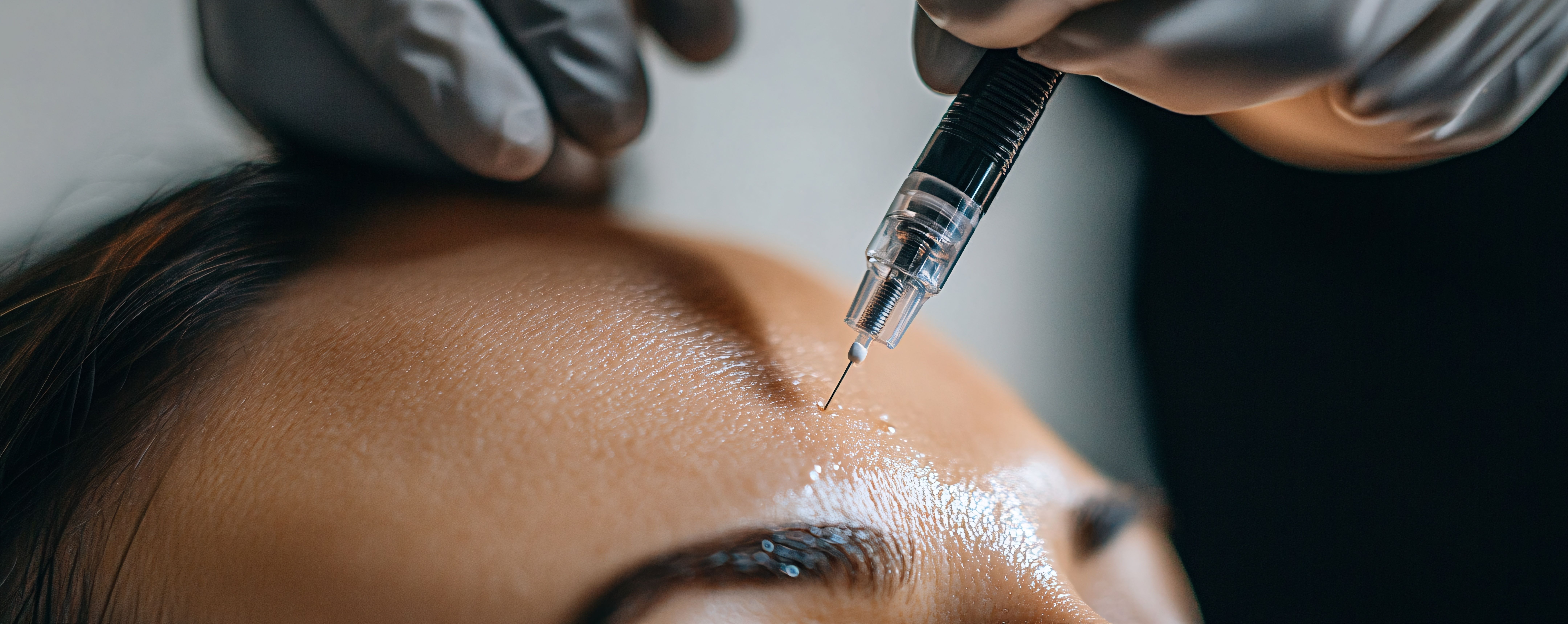At the end of September 2022, the European Commission published its draft for a new product liability directive. This draft suggests far-reaching changes within European product liability law. At the current time, however, it is not yet certain when the draft directive will come into force - possibly after amendments.
1 What is the purpose of the amendment?
The current Product Liability Directive, which dates back to 1985, has provided a legal safety net for citizens injured by defective products for 40 years. However, it does not cover protection against harm caused by products of new digital technologies, such as AI-enabled products.
The draft of a new product liability directive by the EU, which is now available, will adapt the rules to the new types of products, which should benefit both businesses and consumers with clearer regulation and increased liability for defective products.
2. Which products are specifically covered?
The revised Product Liability Directive extends consumer protection to damages caused by defective software products and AI systems. These can be integrated into other products or be on the market as a standalone digital product.
This expansion of the term "product" thus no longer only includes movable property and electricity, but also software and digital production files within the scope of the directive.
3 What are the changes for companies?
Previously, the starting point for liability for damage caused by a defective product was the placing of the product on the market. With the draft of the new product liability directive, this is no longer to be the sole connecting factor for product liability. Now, the manufacturer's liability for a defective product may also arise if the manufacturer continues to control the product after it has been placed on the market, e.g. via software updates. As a consequence, this will lead to a product monitoring obligation, as should already be known from tort law, with the difference that in product liability law, liability occurs regardless of fault.
In addition to the temporal expansion of the scope of application, it will also be expanded in terms of personnel. The previous addressees of the product liability directive, who could be held liable for damages for defective products regardless of fault, were manufacturers, quasi-manufacturers and the importer. In the future, authorized representatives of the manufacturer within the meaning of product safety law and fulfillment service providers will also be liable to the same extent as the manufacturer. However, the liability of the fulfillment service provider will be subsidiary and will apply if neither the manufacturer, quasi-manufacturer, importer nor the manufacturer's authorized representative is domiciled in the EU.
Furthermore, in the future, companies that have significantly modified a product will also be included in the liability, insofar as this modification was not agreed with the manufacturer.
In addition, the draft EU product liability directive provides that companies may in future be ordered to disclose the evidence in their possession that the plaintiff needs to substantiate his claims. If they fail to do so, a presumption of fault for the defectiveness of the product will apply at the expense of the company. This amendment is particularly exciting, since the standardization of such a duty of disclosure is fundamentally foreign to the German procedural code and is more familiar from the Anglo-American legal system.
4 Is there a need for companies to take action?
The far-reaching changes show that a number of things will change for companies in practice. However, since this is only a draft at this point in time, it is primarily advisable to follow the EU legislative process.
If the implementation of the Product Liability Directive is likely to come into force, it is advisable to review one's own risk management and to clarify the question of whether one's own company will be an addressee of the new Product Liability Directive in order to be able to take appropriate precautions.
Furthermore, it also seems important to find out how the new product liability directive will restrict the addressees already covered by its predecessor and what new obligations to act will result from it.
For products that were not previously subject to the Product Liability Directive, it is advisable to check whether the company's current precautions are sufficient to meet the requirements of the new Product Liability Directive in the future.
Photo: https://couponsnake.com/



